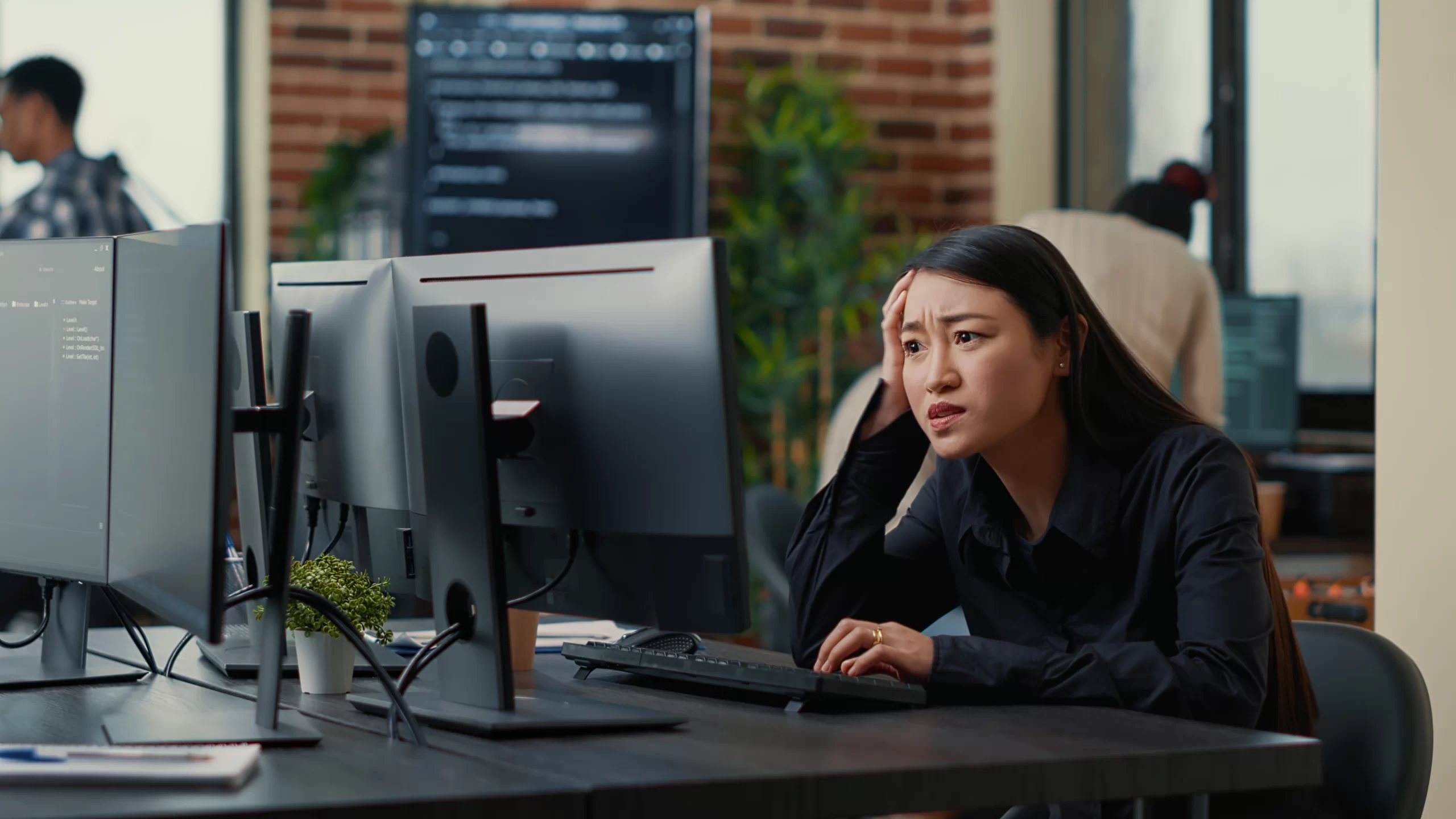Computer crashes without warning can be a very stressful and frustrating experience. Although there are some necessary causes of crashes, such as overheating or defective hardware, most crashes result from unreliable software. You don’t want to end up with a useless computer without first knowing what the problem is. You can do several things to help prevent your system from crashing.
1. Keep Your Computer in a Cool, Well-Ventilated Location and Away from Sources of Humidity
Heat is a leading cause of system instability. All the components must run at a relatively cool temperature to minimize the risk of damage from heat-related systems. A stable temperature also keeps the system from crashing due to excessive heat stress during the summer months. Humidity is a known cause of failure in some types of hardware, including circuit boards, power supplies, and transistors. A system must be kept at fairly low humidity to minimize the risk of severe damage.
2. Use a Thermal Compound
Between the Heat Sink and CPU For computers without an integrated heat sink, computer cases offer a good place for the heatsink to be placed. Peel off the existing thermal compound from the heatsink and reapply it between the heatsink and your CPU. This will keep the CPU cool and the heatsink from getting too hot. If your computer case has an integrated heat sink, use it properly. This will prevent the CPU fan from blowing air past the casing and causing it to overheat.
3. Use a Solid-State Drive Instead of a Hard Drive
The SATA protocol that drives hard drives is one of many causes of computer crashes. A hard drive will fail, but a hard drive crash is not the same thing as a virus or other system intrusion. A hard drive failure is a hardware issue, and it can happen even with a state-of-the-art antivirus program installed. Hard drives are very unreliable in general. It would help if you replaced your hard drives with solid-state drives (SSD). Make the switch immediately if you can find an affordable SSD at a nearby computer store.
4. Install an Additional Processor or CPU Socket
You should install a second processor on your motherboard for maximum safety. The motherboard has two main processor sockets. If a single processor fails, it will be replaced automatically rather than failing in the middle of a task. In the event of an unexpected failure, however, one processor will fail without affecting anything else or disrupting operations on the computer.
In conclusion, reduce the risks of system crashes by upgrading your computer’s hardware and checking your other pieces, such as power supplies and hard drives, but don’t ignore a probable cause of all system crashes: a software or application issue resulting in instability. If you are at odds about the best method of maintaining your hardware and software, then you should contact us for better understanding.







